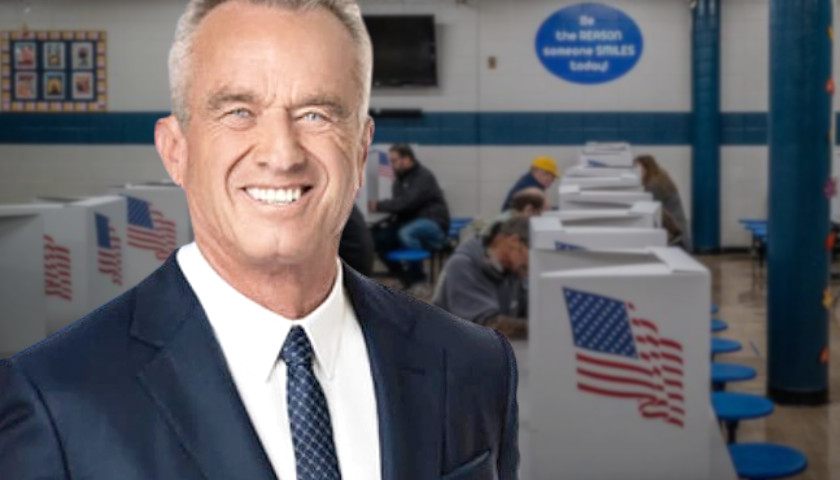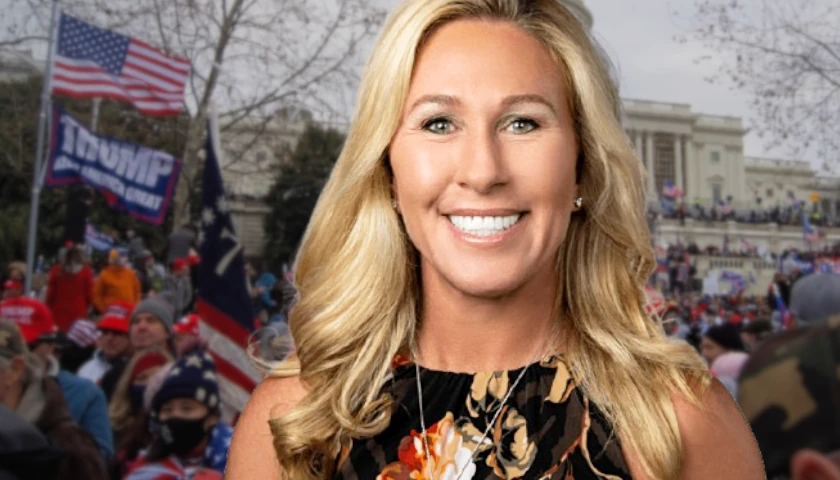Independent presidential candidate Robert F. Kennedy Jr.’s campaign announced Wednesday that it collected enough signatures to gain ballot access in Ohio.
In Ohio, candidates must submit 5,000 valid signatures from registered voters to gain ballot access.
Thanks to our hard-working volunteers, we have collected all the signatures needed to gain ballot access in Ohio one month ahead of schedule. Thank you Buckeye State. 🙏🇺🇸 https://t.co/2nHnhIl8wM pic.twitter.com/FNTMERNi6M
— Robert F. Kennedy Jr (@RobertKennedyJr) May 8, 2024
“Since the launch of petitioning in Ohio, volunteers have eagerly stepped up to support the Kennedy campaign,” Kennedy’s Midwest Regional Director Lane Koch said. “We are delighted to be able to make this announcement more than one month ahead of schedule thanks to our hard-working volunteers.”
“Thanks to our hard-working volunteers, we have collected all the signatures needed to gain ballot access in Ohio one month ahead of schedule. Thank you Buckeye State,” Kennedy added in an X post.
The number of signatures required for candidates to gain ballot access vary by state, as 39 states require 10,000 or fewer signatures while California, Florida, and Texas require more than 100,000 signatures.
“We have the field teams, volunteers, legal teams, paid circulators, supporters, and strategists ready to get the job done,” Stefanie Spear, Kennedy’s campaign press secretary said in a statement. “We are exceeding all our ballot access benchmarks and will announce new states each week.”
In addition to Ohio, Kennedy’s campaign has collected enough signatures for ballot access in seven other states — New Hampshire, Nevada, Hawaii, North Carolina, Idaho, Nebraska, Iowa.
Kennedy and his running mate, Nicole Shanahan, are officially on the ballot in four states — Utah, Michigan, California, and Delaware.
Efforts are currently in motion in all 50 states and the District of Columbia by Kennedy’s campaign so that he is on the ballot nationwide.
With the signatures collected by the campaign so far, Kennedy has gained access to 141 out of the 538 electoral votes across the nation.
– – –
Kaitlin Housler is a reporter at The Ohio Star and The Star News Network. Follow Kaitlin on X / Twitter.
Photo “Robert F. Kennedy, Jr” by Robert F. Kennedy, Jr. Background Photo “People Voting” by Phil Roeder. CC BY 2.0.








